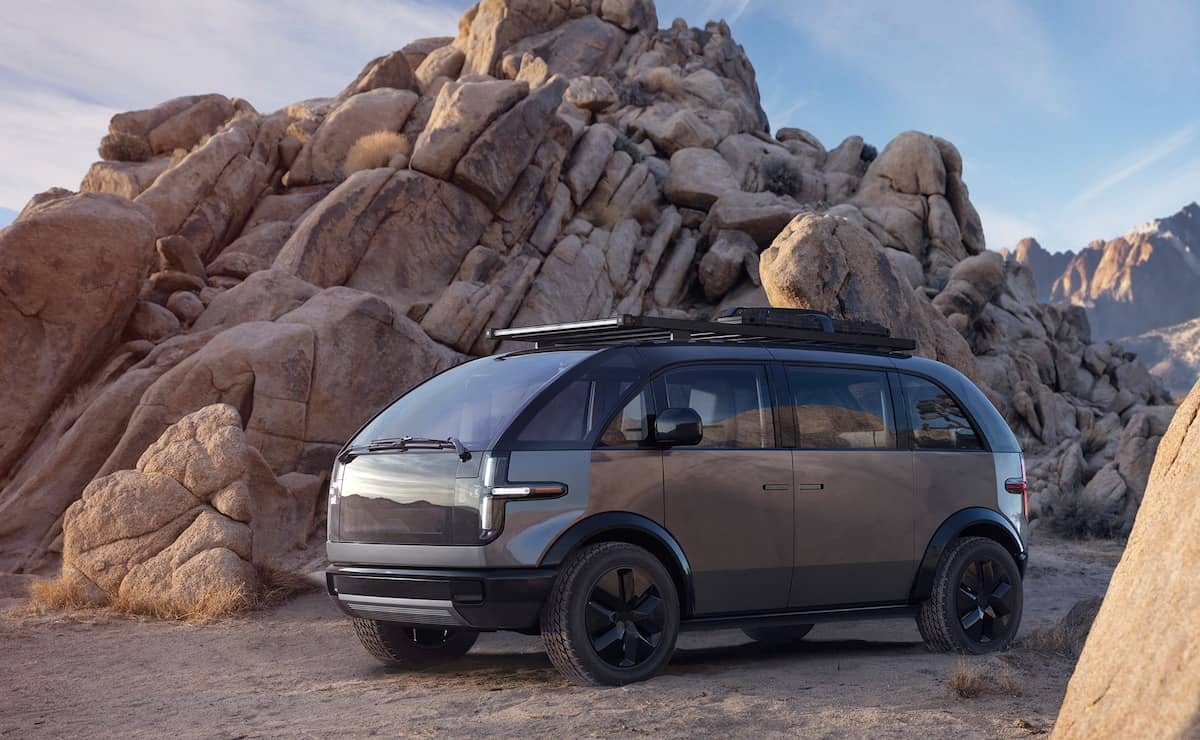The competition of major cellphone companies has gradually expanded into the territory of intelligent vehicles. Although some people make jokes of it and said: intelligent BEVs are cellphones installed with four wheels, but we all know that it’s not that simple. Some cellphone companies establish car company by themselves , some cooperate with carmakers to be “Tier 0.5” super supplier, and some cooperate with carmakers only in particular key components (e.g., AI chips). Regarding these diverse models of the way to enter automotive industry, it can be sure that the new technology car market will be unpredictable in the future. Having said that, cellphone companies should make good use of intelligent technologies they are best in, i.e., autonomous driving technology and the smart cockpit design, to concentrate resources and improve efficiency.

The progress of R&D for autonomous driving technology slowed down since the pandemic began about two years ago. I assumed that there is not only because of the pandemic which affected the execution of road test and verification, but also because of the technological bottleneck. Even Waymo, the global leader, has poor performance in the autonomous driving road test report revealed annually by the government of California, USA. In this epoch-making new technology that might dominate car markets in the next decade while the commercialization timetable still couldn’t be assured after pouring huge amount of money, it’s obvious that “everyone has the opportunity, but no one can be sure”! In this ambiguous situation, major cellphone companies can’t just let go and fall behind, so they utilize tremendous financial and R&D resources to enter autonomous driving technology. There are two companies among these that is worthy of observation…
- Huawei. Huawei began devoting much effort in autonomous driving technology after their cellphone business is obstructed by USA, and had several action plans since 2019. Starting last year, Huawei cooperated with ARCFOX, the subsidiary of BAIC, to introduce new cars with HI (Huawei inside) plus ADS and Harmony OS-based smart cockpit that goes on sale in early May. This genuine “software-defined” car is equipped with Huawei MDC810 intelligent driving computing platform that has 400 TOPS of computing power, and its level of autonomous driving should be classified as Level 2 to level 3, according to their press conference. With the powerful integration and R&D ability of Huawei, this car catches up with the progress of new technologies applied by traditional carmakers. It is absolutely considerable in technology, and the sales performance is worthy to pay close attention.
- Apple. Apple, the top market cap company around the world, has established the R&D team for the development of BEVs and autonomous driving technology since 2015. It had been rumored many times that Apple would cooperate with world-famous carmakers to produce intelligent BEVs, but no business model was confirmed, which indicates that these carmakers are “excited but afraid” to work with Apple … Apple’s brand image is too spectacular, that overshadows any traditional carmaker; In this condition, the way to cooperate might be that Apple will guide carmakers in the direction of product development. According to the latest news , Apple may cooperate with Japanese or Korean carmakers, and to introduce new cars after 2024. They are also considering to acquire the BEV startup Canoo, which has poor financials, at the same time. On the other hand, Apple skipped lower tech levels, and directly aim at Level 5 steering-wheel-less fully autonomous driving technology, which is slightly different to Huawei’s autonomous driving technology strategy, to go with more layers of redundancy design than Waymo for assuring the safety of driving, and to develop automotive AI chips on their own to fulfill the target of production date starting in 2025. It’s said that the cockpit design will utilize the concept of iPad to install a huge touchscreen to be the infotainment interface for all passengers. With these challenging technological targets plus the imminent timetable of production starting in 2025, no wonder the personnel of this project changes quite frequently. Even said so, I still believe that with the enormous technological and financial resources, Apple couldn’t be more suitable to be the leader of the breakthrough of autonomous driving technology.
In addition to the two iconic major cellphone companies mentioned above, Xiaomi also announced to produce intelligent BEVs last year, and the brand name will be Xiaomi. Xiaomi had recruited more than 1,000 R&D team personnel, and aim at the development of level 4 autonomous driving vehicles by acquiring technology startup companies. The resources being invested in automotive R&D might already be more than the totaling of cellphones and home appliances, but it looks like there is still years to go for Xiaomi to catch up with the companies mentioned above. As for another major cellphone company Samsung, the contractor of the latest generation AI chip of Tesla, they position themselves as the supplier of autonomous driving system.